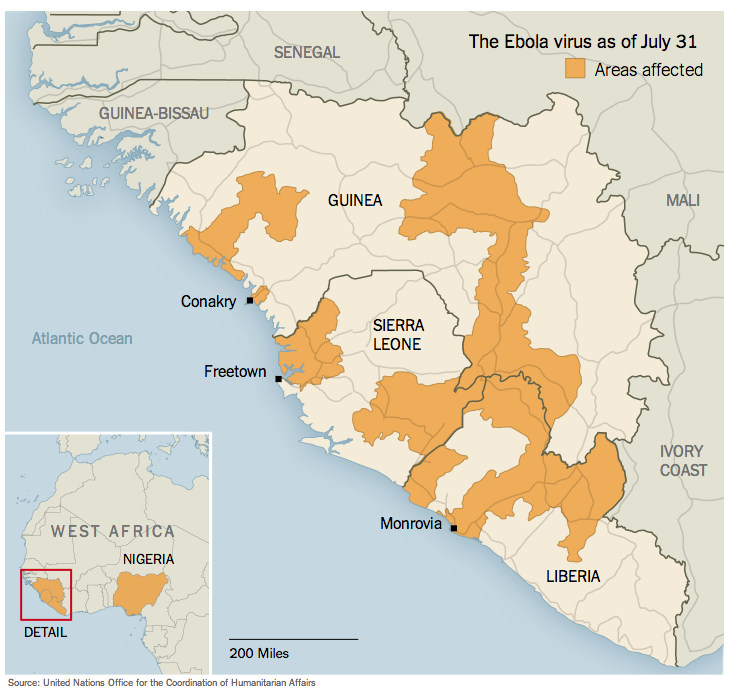The number of reported cases of polio is now the highest it has been for more than a decade, and at least some of the blame has to go to the CIA for using health workers as a cover for some of their covert operations.
As world health officials struggle to respond to the Ebola epidemic, Pakistan has passed a grim milestone in its efforts to combat another major global health crisis: the fight against polio.
Over the weekend, Pakistan logged its 200th new polio case of 2014, the nation’s highest transmission rate in more than a dozen years. The spread has alarmed Pakistani and international health experts and is prompting fresh doubt about the country’s ability to combat this or future disease outbreaks.
By Tuesday, the number of new polio cases in Pakistan stood at 202, and officials are bracing for potentially dozens of other cases by year’s end. Pakistan now accounts for 80 percent of global cases and is one of only three countries at risk of exporting the disease outside its borders, according to the World Health Organization.
[…]
In far-flung areas of the country, some parents and religious leaders are skeptical of the vaccine, requiring considerable face-to-face outreach by vaccination teams.
But the Pakistani Taliban and other Islamist militants have waged a brutal campaign against those teams, killing more than 50 health workers and security officials since 2012. The attacks began after it was discovered that the CIA had used a vaccination campaign to gain information about Osama bin Laden’s whereabouts.




